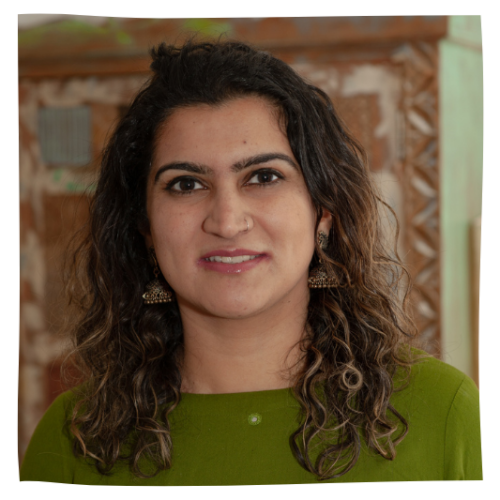Despite increased international mobilisation in recent years, tuberculosis continues to be one of the deadliest diseases of our time. It is the 13th most common cause of death worldwide, and the 2nd when only considering infectious diseases. In 2021, some 10.6 million people developed tuberculosis and 1.6 million died from it. Progress is slow: between 2015 and 2020, the decrease in incidence of the disease only amounted to 11%, half the target set in the WHO Strategy to Stop TB. Given that this is a disease that can be prevented, treated and cured, how can such a lack of significant progress be explained?
Despite significant advances in recent years, the diagnostics, treatments, and vaccines available today are still not effective, fast or appropriate enough. Given the needs, the funding allocated to research and development (R&D) of new tools continues to fall short of the agreed international targets. However, the Covid-19 pandemic proved that, given the right level of political and financial commitment, the development and accelerated production of new medical tools were possible thanks to technological advances and historical research in this field.
In 2018, the United Nations organized a high-level meeting (UNHLM) on tuberculosis to build a momentum for the world to mobilize the resources to eradicate this disease. The targets then set, including for investing in R&D, were not met. For our June series and in the run-up to the second UNHLM on tuberculosis, we interviewed 3 experts from civil society and the world of research on the importance of boosting international support for TB R&D if we hope to eradicate the disease by 2030.
- Olivier Neyrolles, Researcher at CNRS and Director of IPBS-Toulouse
- Lucica Ditiu, Executive Director, Stop TB Partnership
- Rhéa Lobo, Survivor of extra-pulmonary tuberculosis and board member of the international Stop TB Partnership









